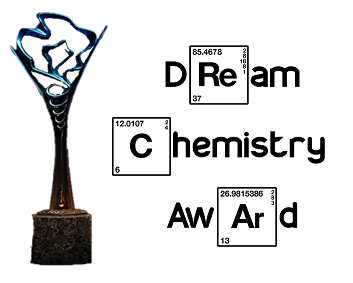Dream Chemistry Lecture series
NaMeS students are invited to IPC PAS Seminar within Dream Chemistry Lecture series delivered by:
Prof. Jason D. Surratt
University of North Carolina at Chapel Hill
Characterizing the Effects of Sulfate, Aerosol Phase State, and Aging on Secondary Organic Aerosol Formation from the Multiphase Chemistry of Isoprene Epoxydiols
Thursday, 11th March, 2021, 4 pm, via Zoom
link to join zoom seminar: https://zoom.us/j/98972108987?pwd=OEh5TjJMTjdpako2QTU0MHNTWmNMdz09
Meeting ID: 989 7210 8987
Passcode: 394100
Abstract
Isoprene (2-methyl-1,3-butadiene) is the most abundant non-methane hydrocarbon emitted into the atmosphere, and is primarily derived from broadleaf trees. Atmospheric oxidation of isoprene by hydroxyl (OH) radical leads to isomeric isoprene epoxydiols (IEPOX) in high yields (~53%) under low-nitric oxide (NO) conditions. Acid-driven multiphase chemistry (or reactive uptake) of IEPOX with inorganic sulfate aerosol (Sulfinorg) is known to yield substantial amounts of secondary organic aerosol (SOA) through formation of organosulfates. The extent of inorganic-to-organic sulfate conversion through this multiphase chemistry remains unknown as well as its implications for modifying critical aerosol properties such as acidity, morphology, and phase state. Combined laboratory, field, and modeling studies will be described in this seminar that reveal the hitherto unrecognized effect that acid-driven multiphase chemistry of IEPOX results in substantial conversion of Sulfinorg to organosulfate compounds, especially at higher IEPOX-to-Sulfinorg (IEPOX/Sulfinorg) ratios. Assuming IEPOX mixing ratios remain constant, continuing Sulfinorg reductions in the Northern Hemisphere as a consequence of SO2 emission controls are thus expected to greatly increase the fraction of Sulfinorg converted into organosulfate compounds in the future. Notably, our microscopy measurements reveal that these SOA particles develop a core-shell morphology, where the aqueous core contains inorganic constituents and the shell contains low-volatility organosulfate compounds (as well as other organics) that formed during the multiphase chemistry of IEPOX. By combining aerosol thermodynamic and viscosity modeling, our predictions show that aerosol viscosity and acidity change drastically after IEPOX reactive uptake, with the aerosol becoming less acidic (increasing by up to 1.5 pH units) and more viscous by 7 orders of magnitude, thereby significantly reducing the diffusion timescale of the IEPOX inside the particles. Decreased aerosol acidity and increased viscosity co-contribute to a self-limiting effect where newly formed IEPOX-derived SOA inhibits additional multiphase chemical reactions of IEPOX. Lastly, due to the fact that these low-volatility organosulfates are found in the shell of these SOA particles, we recently investigated the role of heterogeneous OH oxidation in aging these particles. We found substantial evidence that these particles are chemically converted further by this process into multifunctional and highly-oxidized organosulfates. These products will be demonstrated to be present in fine particulate matter (PM2.5) collected from various locations. Our work highlights important interconnections between physical and chemical properties of aerosol particles that come from interactions of inorganic and organic components, which jointly influence the evolution and impacts of atmospheric aerosols.




